
Optimal Thinking
OPTIMAL THINKING STARTS WITH OPTIMAL QUESTIONS
What comes to mind when you hear the words “Optimal Thinking”? Here’s the concept of optimal thinking in a nutshell. Suboptimal thinking is when you ask questions like, “What’s a good/great way to do X?” or “How can I solve Y?” Optimal thinking is when you change the question slightly and ask, “What’s the best way to do X?” or “How can I solve Y in the best way possible?” It may seem like a subtle and unimportant difference, but when you start applying this rule to your life, I think you’ll see some interesting results as I have.
The reason is because your brain operates very much like a computer. When you give the computer a “command” it executes what you have specifically told it to do with that command. Meaning, if you click on an icon for a file that you want to open, the computer follows a path to that file, connects it with the software that is associated to that file and opens the file for you. Now, let’s say you have a file that you created called “Budget” and you have one that you recently revised and you called it “New Budget”. And the shortcut that you have on your desktop says Budget. When you click on that icon your computer doesn’t say to itself, “You know, Willard recently updated to a new budget so I’ll grab him that one instead.” No, it retrieves exactly what you asked it to.
Your brain operates in exactly the same way. Your brain, as we have heard many times, is the most powerful supercomputer on the planet. But it still functions in a very specific way. It only does what you tell it to. It only focuses on what you tell it to focus on. And it only retrieves the specific information that you ask it to retrieve. It doesn’t take your directions or questions as it searches all the limitless possibilities for answer and say, “Maybe what they really meant was X”. Even though X may have been the better option.
A simple shift can make a huge difference in the results of your query.
For example, when planning your next day, you might ask yourself (perhaps subconsciously and nonverbally), “What’s a good way to schedule my time tomorrow?” And by answering that question, you’ll come up with a pretty decent schedule for yourself. But it’s most likely a suboptimal schedule. What if, instead you asked yourself, “What’s the best way to schedule my time tomorrow?” Now you’ve asked a slightly different question, but you’re focused on not looking for a “good” solution, but the optimal solution — the best instead of just good or even great.
Sometimes you don’t immediately know the best solution to a problem. So to help you identify it, what you can do is ask, “What will the best solution look like?” And then you begin listing attributes and constraints that your optimal solution will need to exhibit. This helps you narrow your list of alternatives. If you know a specific attribute of the optimal solution, then you can reject all possible solutions that lack that attribute.
Going back to the example of the best possible scheduling of your day, you might list some of these attributes: wake up early, exercise, work at least 8 solid hours, eat healthy meals, spend time with family, do something fun and rewarding in the evening, stretch myself in some way, get email inbox completely emptied, read for an hour, etc. Then you can work backwards from these subgoals to piece together your optimal schedule.
Keep in mind that the best solution always takes into account the resources you have available. If a possible solution is impractical, then it certainly isn’t optimal. So if the best way to schedule your day would require a supercomputer and six hours of planning time, then that solution is far from being the best. You might want to include your primary constraints in your original question, such as, “What’s the best way to schedule my time tomorrow in 20 minutes or less?”
In my experience the most beneficial aspect of optimal thinking is that it helps you raise your standards. Instead of settling for suboptimal solutions and mediocre results, you commit to doing your best, yet in a way that’s practical and which considers the reality of your situation. Often when you ask yourself, “What’s the best …,” you’ll find your mind zooming towards a very different kind of solution than you would if you asked suboptimal questions.
Here are some sample optimal thinking questions to get your mind moving in that direction:
What’s the best use of my time right now?
What’s the best way for me to exercise regularly (when, what, how)?
What’s the best way to get myself out of debt?
What’s the best way for me to make an extra $10,000 as quickly as possible?
What’s the best school for my child to attend?
What’s the best place for me to live?
What’s the best way to reply to this email? (use this one repeatedly to purge that clogged inbox)
What’s the best way for me to improve my social life?
What’s the best book I should read next?
What’s the best new blog I should be reading regularly and tell everyone I know about?
Want to make these questions even more optimized? Refine the question.
What’s the best use of my time right now that gets me closer to the life I desire?
What’s the best way for me to exercise regularly (when, what, how) and get the best results quickly?
What’s the best way to get myself out of debt and create more financial certainty?
What’s the best way for me to make an extra $10,000 as quickly as possible and do it without additional stress?
What’s the best school for my child to attend that prepares them for… ?
What’s the best place for me to live and (fill in the blank)?
Getting the idea?
It is a truism… Ask and you shall receive. So why not learn to ask for the best!

#1 Best Selling Author Willard Barth
Here is your opportunity to purchase Willard’s #1 Best Selling Book called The Anatomy of Transformation for ONLY the cost of Shipping and Handling! That’s right… Willard will pay for the book… you just pay for S&H!
The Anatomy of Transformation is a proven system that has been used over a quarter of a century helping take individuals and businesses to the next level… no matter how successful they already are!
The journey begins now!
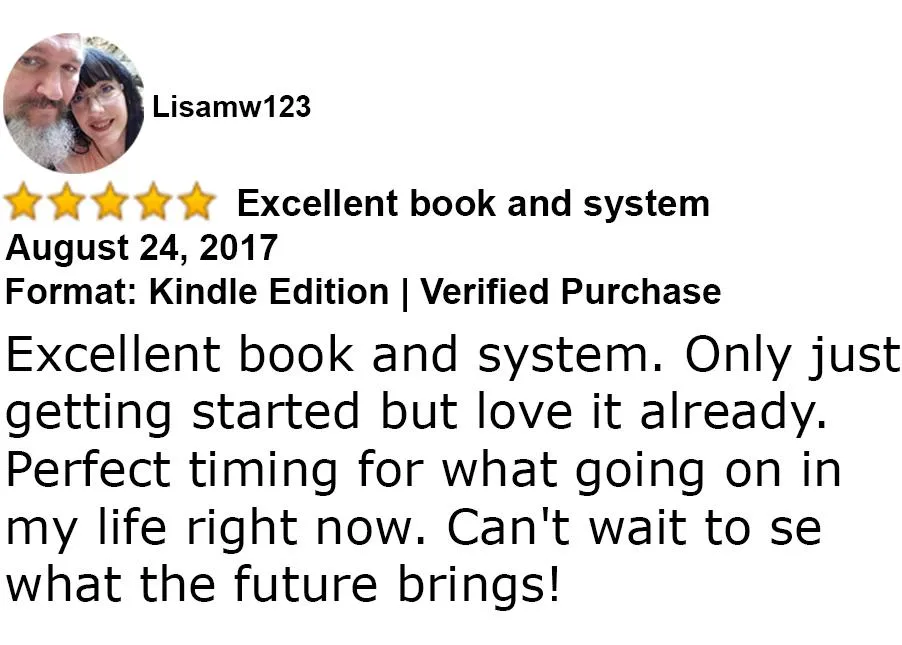
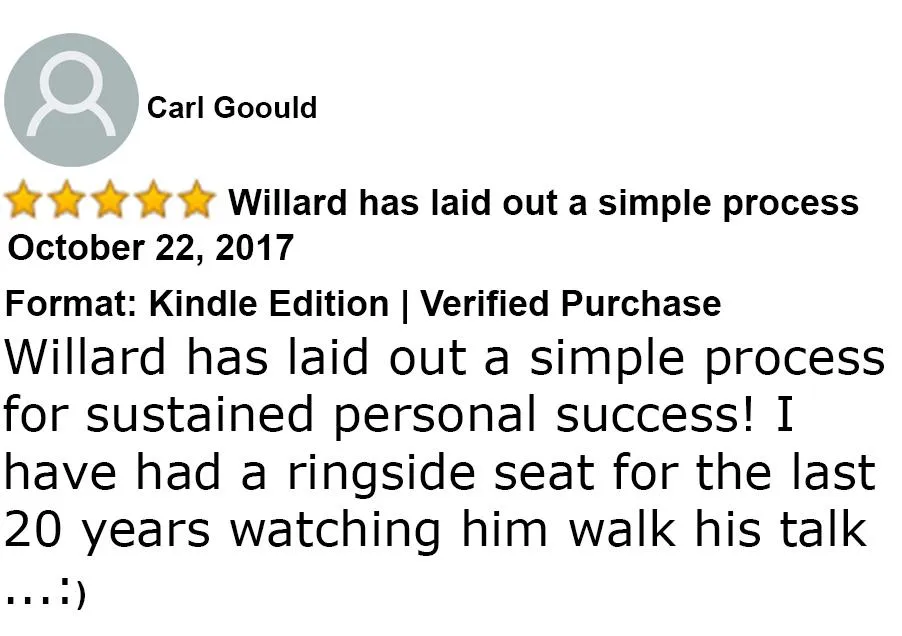

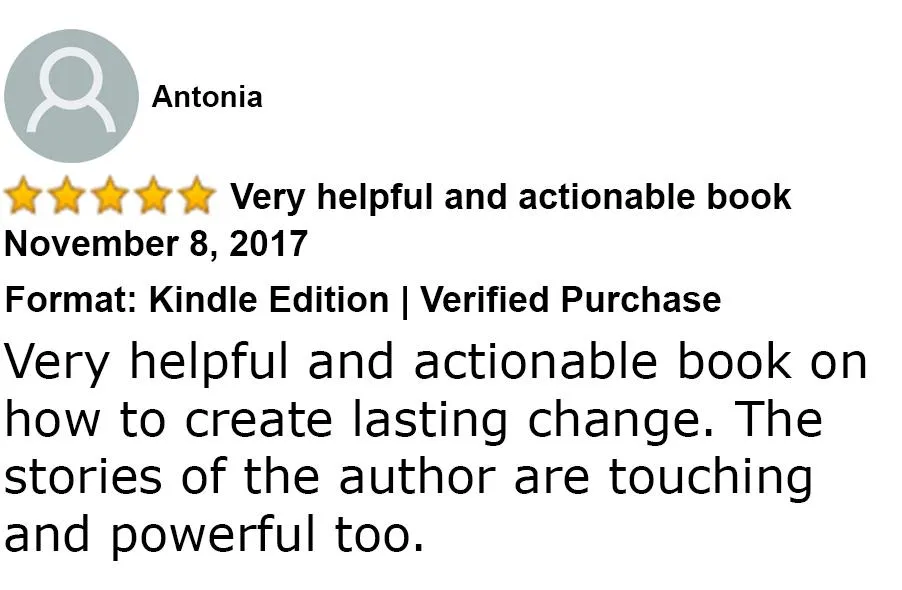




© Willard Barth Enterprises 2023. All rights reserved.
© Willard Barth Enterprises 2023.
All rights reserved.

